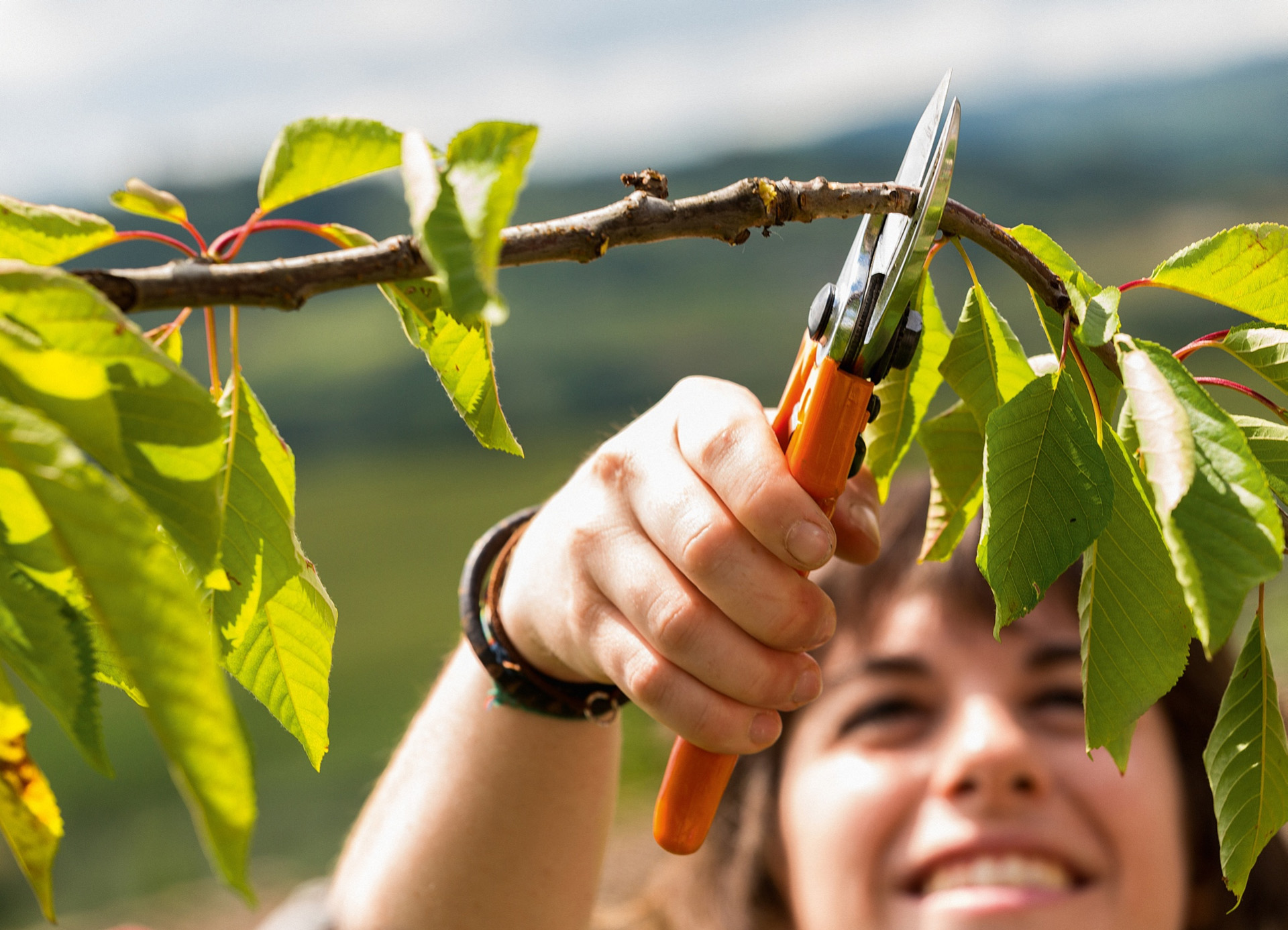Yew hedge: performing a shaping cut
You can easily trim a yew into a topiary shape yourself. To do so, make a template out of cardboard and then get started!
An electric hedge trimmer is perfect for the rough pruning of yew hedges, while manual secateurs are best used for more subtle details. Topiary works particularly well with young yews or yew hedges, which will produce new shoots again after a rejuvenation cut.
To ensure that your yew always looks neat and tidy, you should trim it regularly – preferably up to three times a year, ideally between June and mid-August.






